Lying at an important crossroads between Central and Southeast Europe, Croatia is a land of contrasts; hills and mountains populate the northern regions, while its long, narrow Adriatic coastline is home to thousands of amazing islands and islets for you to explore.
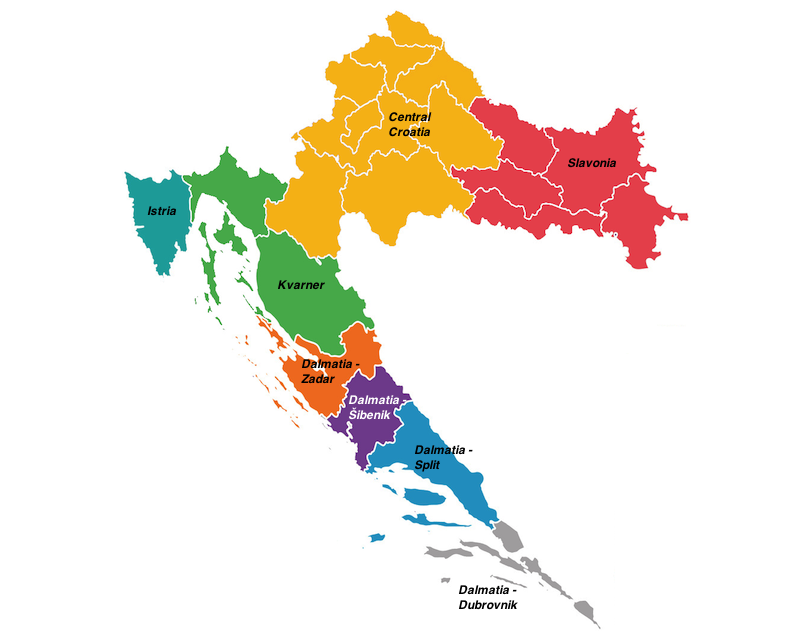
Tucked away amongst its fantastic countryside and glorious coastline, you’ll find lots of historic towns and charming villages, while the nature on show at Plitvice Lakes, Krka, and Mljet national parks are just the tip of the iceberg in terms of the stunning scenery that Croatia boasts.
Istria
Located in the northwest of the country, the beautiful triangular peninsula of Istria borders Slovenia and is bordered on three sides by the glittering Adriatic Sea. A wonderful place to visit, it offers a diverse array of landscapes, towns, and activities for you to enjoy.
Its rocky coastline is punctuated with pebbled beaches and charming seaside towns, such as Pula, Rovinj, and Umag which are full of winding cobbled alleys and ancient historical sights. The interior of the peninsula is decked with mountains, gently ululating hills, and peaceful farmland.
Due to the various kingdoms and empires that have ruled the region over the ages, there are many interesting Roman, Venetian, and Hapsburg sights to discover in Istria. The picturesque countryside is perfect for hiking or cycling, and the sparkling waters lapping at its scenic shoreline offer a fantastic array of watersports, with swimming, sailing, and snorkeling all very popular.
Kvarner
Consisting of both a rocky and mountainous mainland in the northwest of the country and beautiful islands in a gulf of the same name, Kvarner is a very popular region to travel around. Tourists are drawn here in hordes to marvel at one of Croatia’s must-see sights – the stunning Plitvice Lakes National Park.
While the sparkling turquoise lakes and the magnificent woodland around them are certainly one of the most incredible natural sights imaginable, Kvarner has much more on display; the highlands boast untouched and unspoiled scenery that is ideal fodder for hikers or climbers.
The main sights, however, lie along the scenic coastline, with the charming city of Rijeka – the third largest in the country – and the sophisticated town of Opatija attracting the most visitors. On the islands, it is Baska on Krk and Mali Losinj on Losinj, as well as the fantastic beaches at Pag, that are the most popular draws.
Slavonia
Bordered by Hungary, Serbia, and Bosnia and Herzegovina, Slavonia lies in the northeast of the country and is cultural closer to central Europe than coastal Croatia. Much of it is made up of the Pannonian Basin, which is framed by the Danube, Drava, and Sava Rivers.
The region contains some flat river-rich landscapes, with valleys and plains scattered here and there. History abounds too; Slavonia was ruled by everyone from the Romans and Ottomans to the Hapsburgs and is renowned for its rich cultural heritage and thriving folklore scene.
While Dakovo and Osijek are the main towns of note, Slavonia also boasts some wonderful wineries and vineyards at Ilok and Kutjevo. Kopacki Rit is home to the largest natural wetlands in Europe, which are a birdwatcher’s dream.
Central Croatia
Home to the nation’s capital of Zagreb, Central Croatia is located in the north of the country. Much of it is made up of mountainous highlands, with Zumberak on the Slovene border displaying some of the best scenery and views in Croatia.
While Zagreb is the most populous city in the country and attracts the most visitors with its wealth of historic sights, cultural landmarks, and majestic medieval old town, it is well worth venturing further afield, as Central Croatia has much more to offer.
Samobor, Sisak, and Karlovac, for instance, are all very pretty; the latter two are particularly impressive, as they are located at the points where numerous rivers join. Attracting substantially fewer visitors than Zagreb, they have very picturesque old towns for you to explore, as well as crumbling fortresses and age-old churches. Consequently, they offer a more authentic look at local life in Croatia, away from all the crowds.
Dalmatia – Zadar Region
Located in Northern Dalmatia, the Zadar region is dominated by the city of the same name. Its long, indented coastline is stunning to behold, with a number of beautiful islands such as Pasman and Dugi Otok dotted offshore in the Adriatic.
Zadar, with its beautiful old town, plethora of churches, and scenic setting on a peninsula, is the main draw in the region. But the surrounding area is equally delightful to explore, with the historic towns of Nin and Biograd na Moru lying in wait.
With its striking scenery and cute fishing villages, the coast is marvelous to explore. One of the most remarkable places to visit is Telascica Nature Park. Here, you can explore pristine protected habitats and the glorious bay of Luka Telascica, which is filled with lovely islets. The whole region is an outdoor lover’s dream; you can go hiking or cycling along the coast or swimming and sailing in the Adriatic.
Dalmatia – Šibenik Region
Just down the coast from Zadar, the Sibenik Region of Dalmatia is equally bewitching to visit. The medieval town of Sibenik is just one of its many highlights with its cobbled streets, stunning cathedral, and beautiful setting on a small hill overlooking the bay.
While Sibenik offers a myriad of great things for you to see and do, the surrounding area is also well worth visiting. The former capital of Knin is particularly interesting to stop by, as it boasts a fantastic fortress, a wealth of historical sights, and is located in the foothills of the Dinaric Alps.
As with much of the Croatian coastline, the scenery in Sibenik is divine, with the islets and islands in Kornati National Park and the spectacular waterfalls in Krka National Park just the tip of the iceberg.
Dalmatia – Split Region
Centered around Split, this lovely region on the Dalmatian coast is one of the most popular parts of Croatia with visitors; this comes as absolutely no surprise once you see the fabulous sights.
Split has a magnificent Diocletian Palace and historic center, and is the crown jewel of what the mountainous mainland has to offer. There are also numerous rivieras for you to check out, as well as historic seaside towns such as Omis, Trogir, and Vinisce. One of the most popular places after Split is the Makarska Riviera, which boasts lovely beaches and stunning scenery. The Bikovo mountains form a breathtaking backdrop to the scenic coastline.
Although the mainland certainly has its fair share of impressive sights, no visit to the Split Region can be complete without taking a trip to some of its beautiful islands. While Hvar attracts the most visitors, both Brac and Solta are also worth visiting for their amazing landscapes and charming towns and villages.
Dalmatia – Dubrovnik
Located right down in the south of the country, the Dubrovnik Region consists of a long, thin strip of coastline that is split in two by a nine kilometer stretch of Bosnia and Herzegovina. While most of the region is set on the mainland – which encompasses the Peljesac peninsula that juts out into the Adriatic – it also includes a number of islands, of which Korcula is the most populated in Croatia.
Known as the ‘Pearl of the Adriatic,’ Dubrovnik is undoubtedly the highlight of the region. Its walled old town is home to a myriad of little narrow streets that are intoxicating to explore. The historic towns of Klek and Ston are also delightful to visit; everywhere you go, you’re greeted with the most beautiful scenery imaginable.
Yet another fabulous place to visit is the island of Mljet, which boasts untouched and unspoiled nature, with glittering lakes, beautiful woodland, and age-old monasteries tucked away here and there.


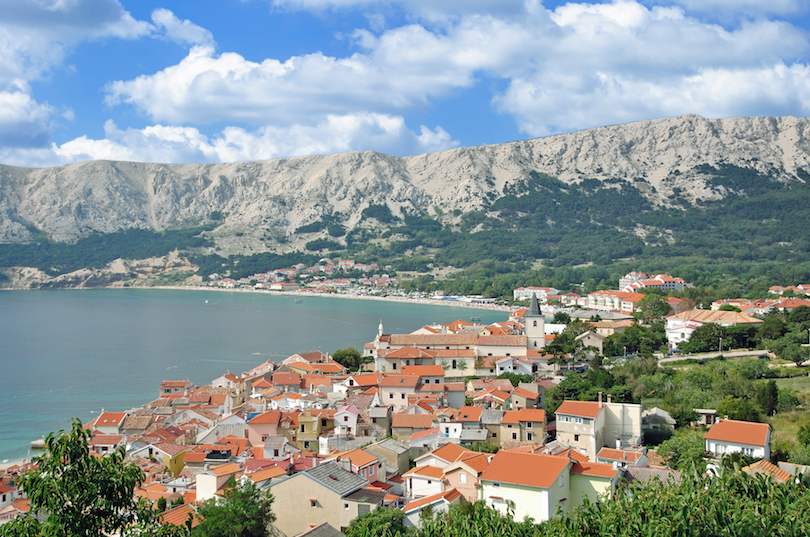
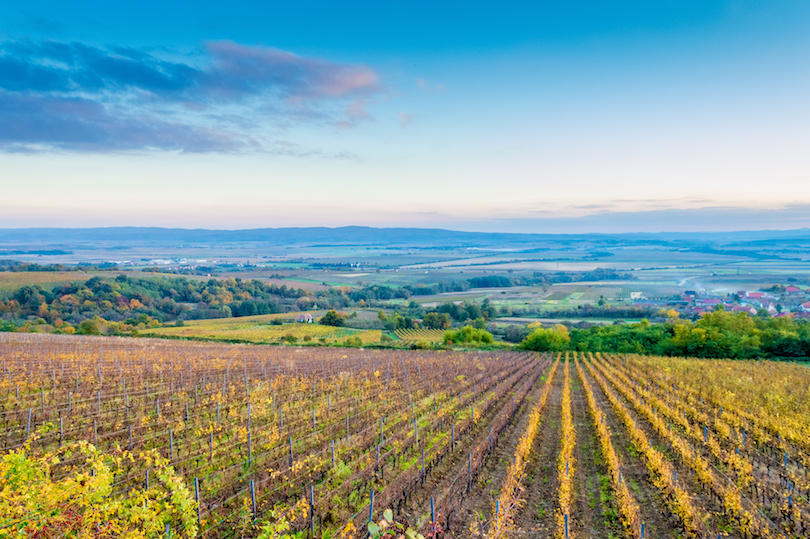
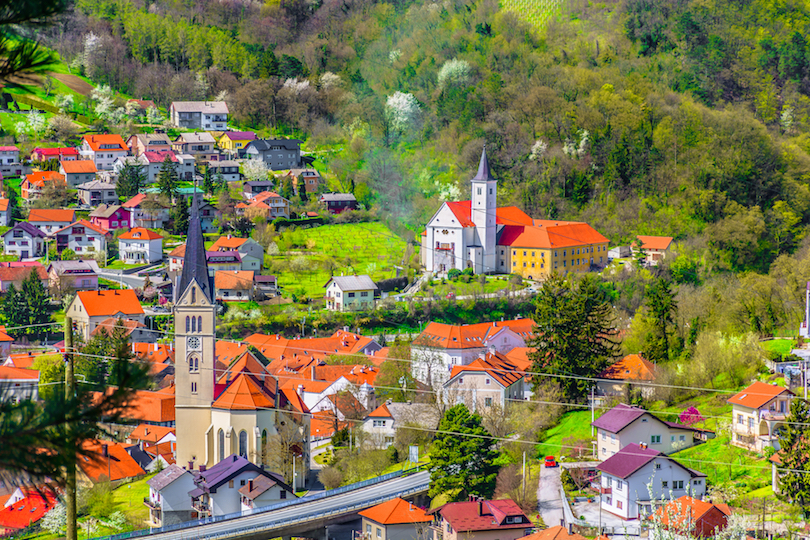
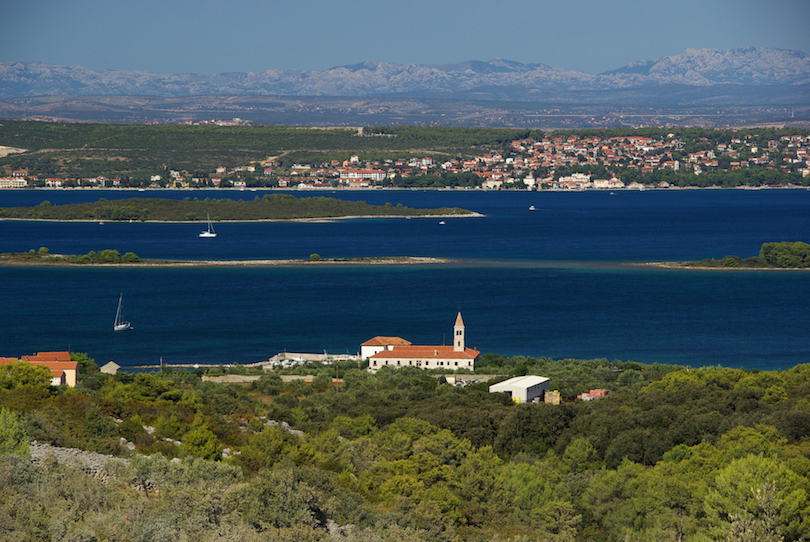
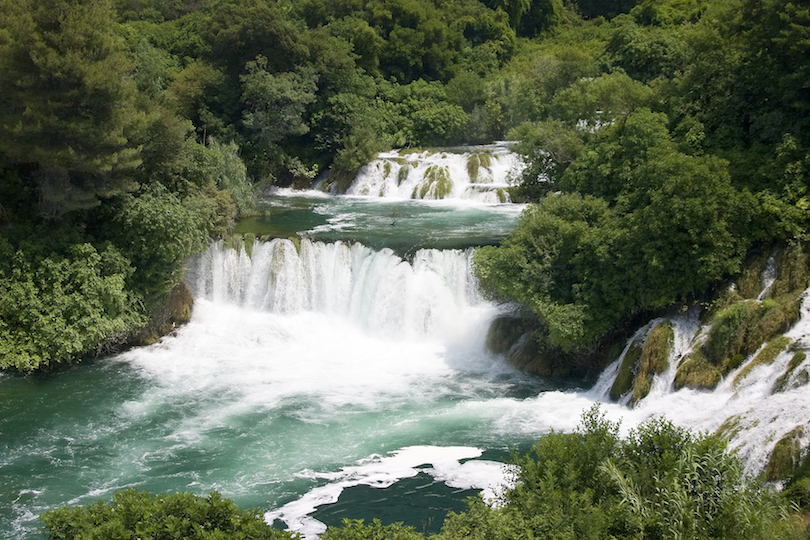
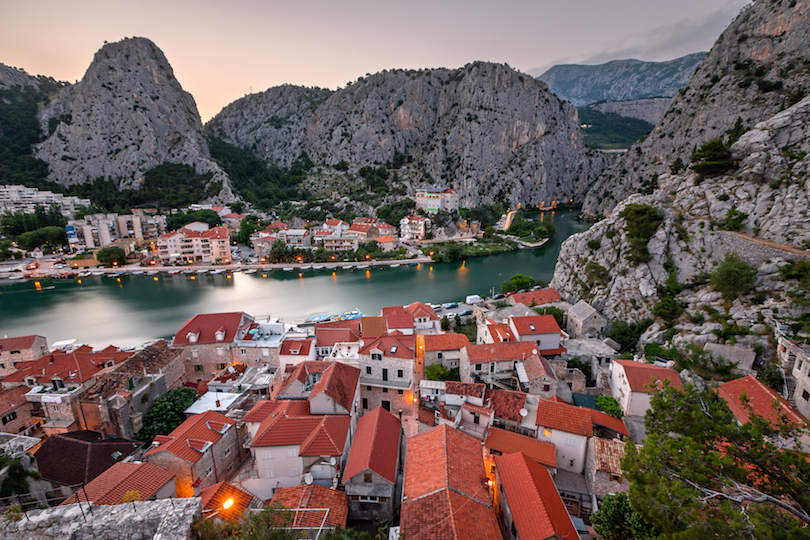
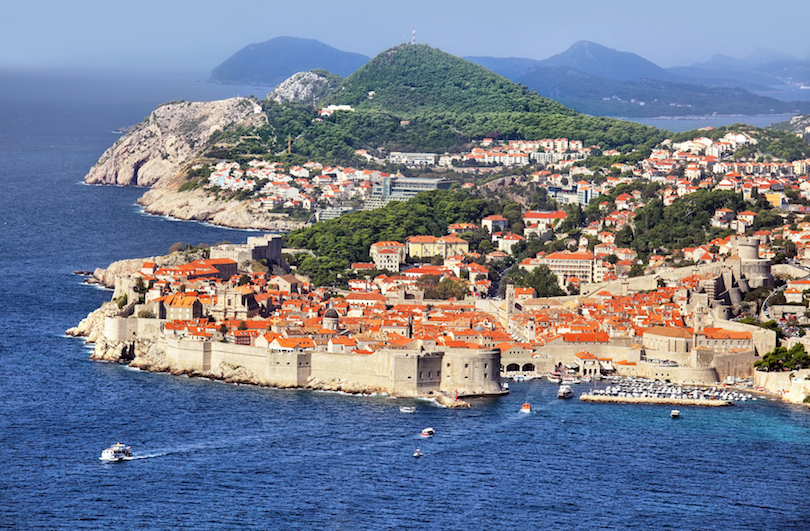
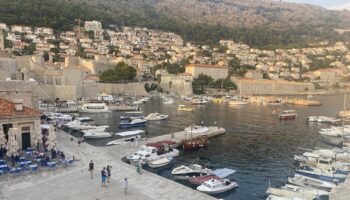
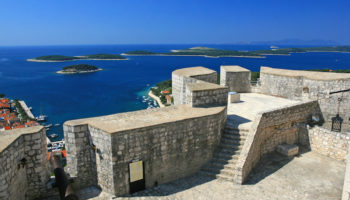

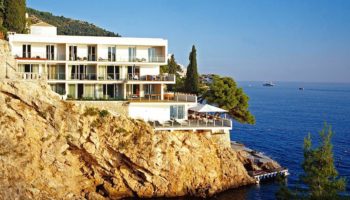

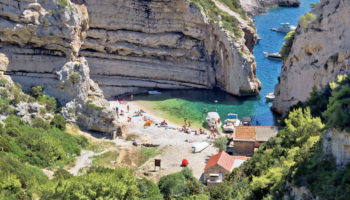
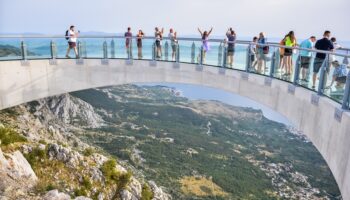
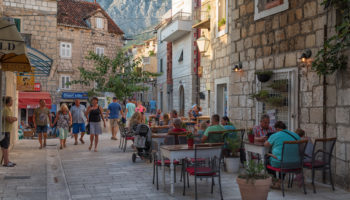
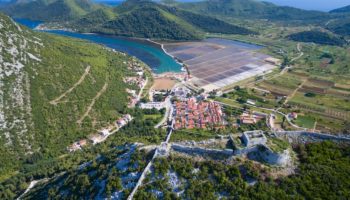
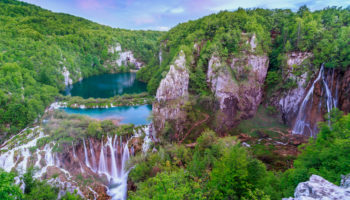
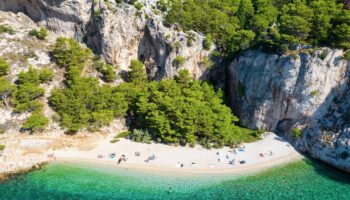
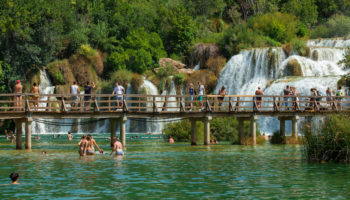
Leave a Reply